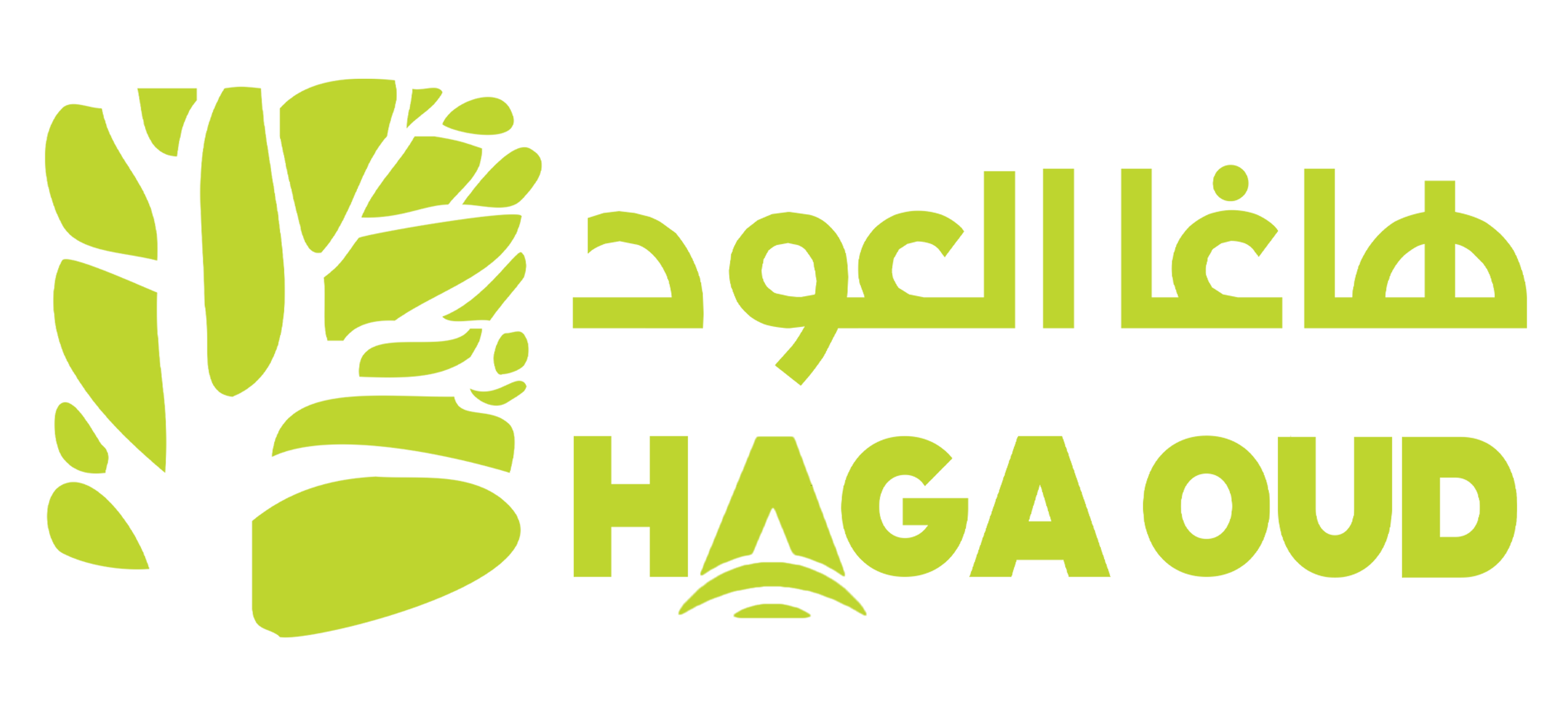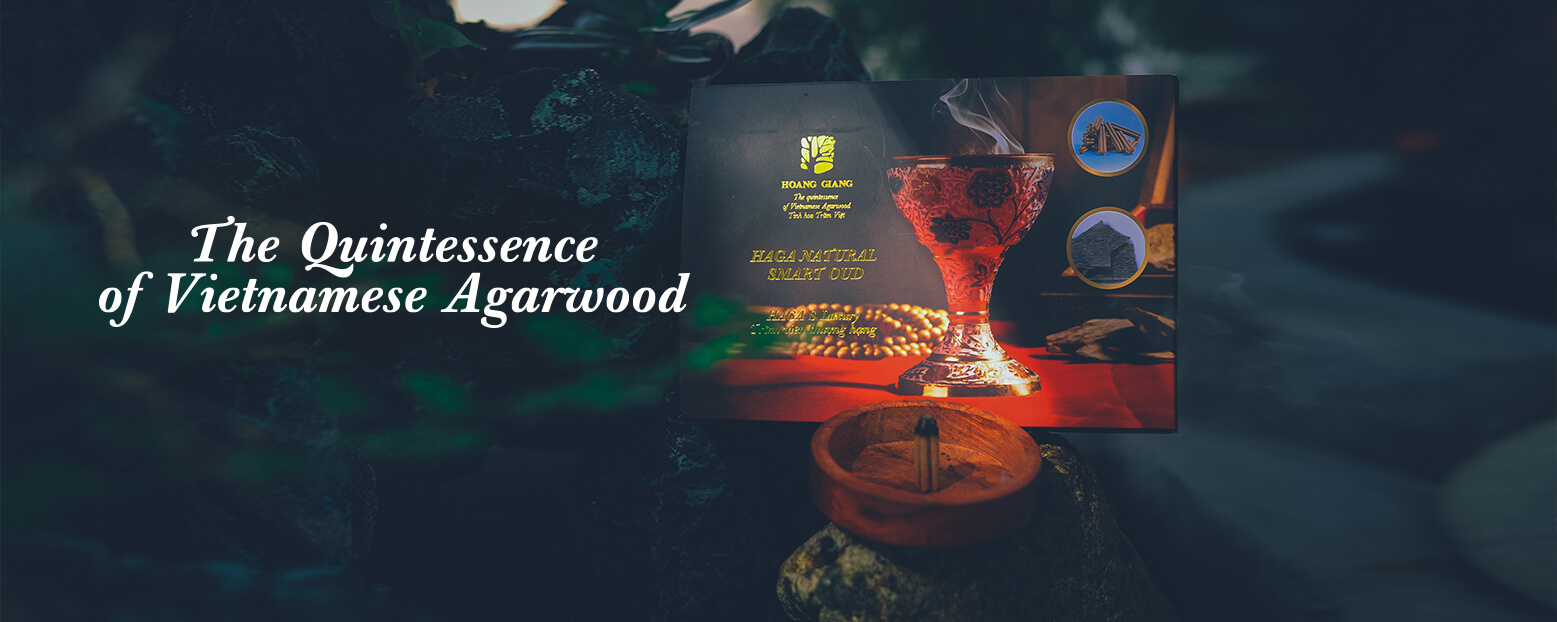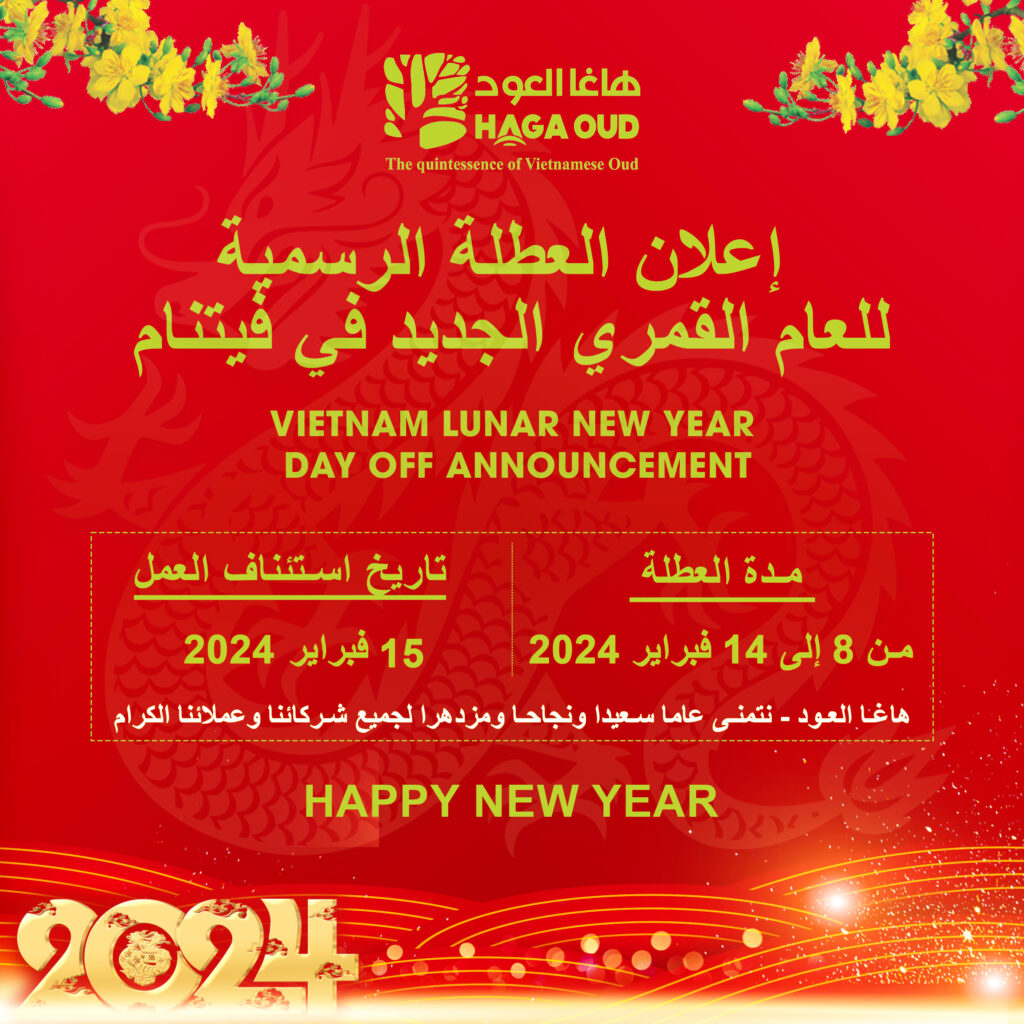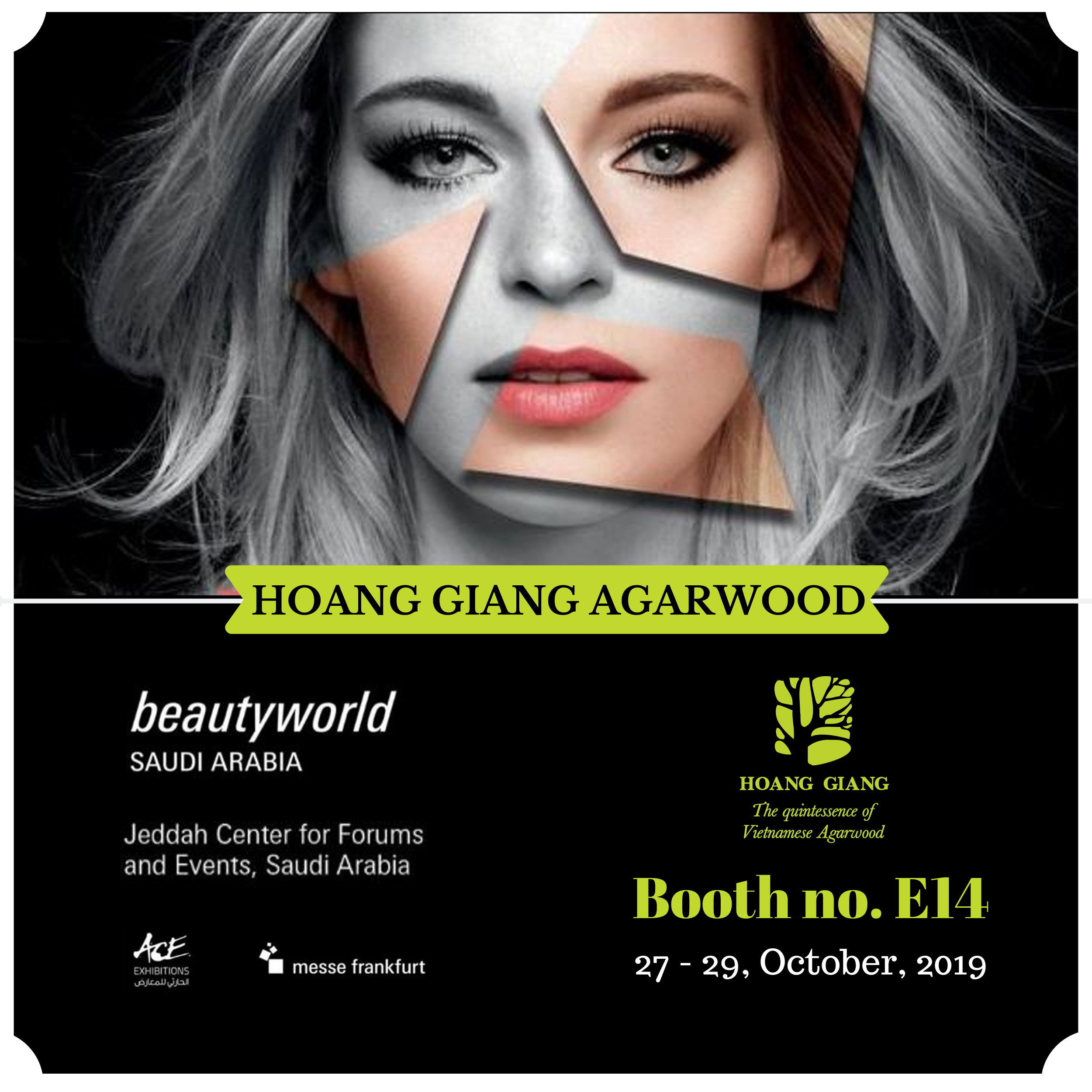Non-extirpate exploitation – pioneering for the environment – HAGA Oud
Vietnam, Laos, and Cambodia are the three countries in the union of Indochinese, that border each other. The border areas between the three countries are mainly forests, where there is luxuriant vegetation of the evergreen tropical, including Aquilaria Crassna, the species that creates the best type of Oudh (Agarwood) – Kynam.
The Aquilaria Crassna – Oudh (Agarwood) tree cultivating & Oud in the now
The area planted for Aquilaria Crassna – Oudh (Agarwood) tree in Vietnam as of September 2019 reached about 11,000-12,000 ha. If it is reduced to the concentrated planting area of pure species with an area of 1,100-1,600 trees/ha, there is only about 5,000-6,000 ha (Vietnam Academy of Forestry Science 2019). Crassna species distributed in Indochinese in general and in Vietnam, in particular, produce the best quality Oudh (Agarwood) in the world (Gishi Honda – Tokyo University).
Non-extirpate Exploitation Method used at HAGA Oud’s plantation
At HAGA Oud manufacturer, we advocate exploitation but not eradication, exploit Aquilaria Crassna – Oudh (Agarwood) tree but still retain 1m of the original part, then take good care of them by special methods. The new Aquilaria Crassna – Oudh (Agarwood) tree’s cloves are born on that remaining 1m part and after 1-1.5 years, they develop & become mature, ready for a new life cycle.
This method on Aquilaria Crassna – Oudh (Agarwood) tree was pioneered & developed for the first time in Vietnam by HAGA Oud contributing to the regeneration of the environment and economic benefits for farmers and communities.
Also, Aquilaria Crassna – Oudh (Agarwood) tree farmers are only stimulating the creation of Oudh (Agarwood) in a shorter period, do not leave it for such a long time to create Kynam as in old times. So nowadays Oudh (Agarwood) has become more popular with reasonable prices, stable output, the same satisfying scent, and wide access to customers.
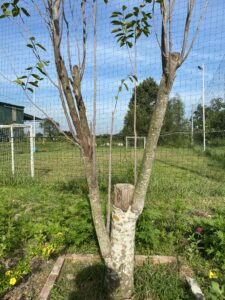
Aquilaria Crassna – Oudh (Agarwood) tree is no longer just a species for logging at HAGA Oud’s plantation
Though the Aquilaria crassna – Oudh (Agarwood) tree is a species for logging, it has been researched and grown as a common fruit species: Planted once – Exploited for a long time. When applying this method, the trees are still alive, and the forest is still preserved, avoiding soil erosion. Besides, the harvesting time is short, many times, bringing economic benefits to the farmers. This is the responsibility for the environment that HAGA Oud is constantly aiming for and it is also the responsibility of local farmers.
From the successful initial steps in planting and exploiting the Aquilaria crassna – Oudh (Agarwood) tree by the new method, HAGA Oud will continue to research and develop this method to bring value and aim for sustainable development.
![]()
![]()
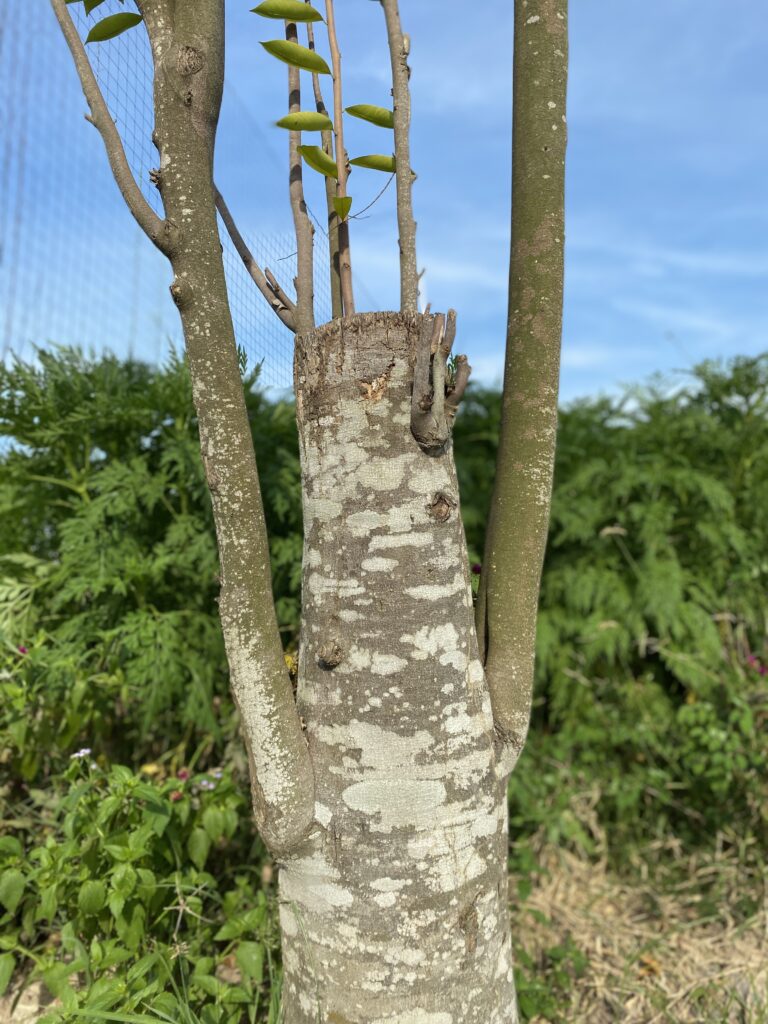
About Aquilaria Crassna – Oudh (Agarwood) tree – enormous potential for planters
There are about 16 species of Aquilaria crassna – Oudh (Agarwood) tree. At the end of September 2007, the Ministry of Agriculture and Rural Development held a seminar on these special species. There were many scientists, businesses, and some local leadership representatives from some localities who came to evaluate the results of planting the Aquilaria crassna – Oudh (Agarwood) tree. Scientists have concluded that the Oudh (Agarwood) tree formation process has 3 methods:
– Mechanical (physical) wounding: this method is very simple and easy to do but the probability of success is low (mainly cutting drum pieces, scrap, nails … to spike into the tree trunk creating mechanical injury to Aquilaria tree to form Oudh (Agarwood).
– Impact by some chemical stimuli (chemical): This method is effective for a short duration. However, there is a disadvantage in that in the product, there exist some harmful substances such as CI, SO4, and PO3 … that affect the quality of the product and are not favored by consumers.
– The effect of several probiotics (biologicals): In essence, this method is to cause diseases in plants by probiotics or certain bacteria that have been identified. Currently, the study of this method has had very positive results, a high success rate, and leaves no residue of harmful substances in the product.
![]()
![]()

Aquilaria crassna – Oudh (Agarwood) tree grows best under the conditions of some tropical rain forests in Southeast Asia, suitable with red basalt soil or gravel soil. When the tree is diseased or affected by nature, its resin overflows to cover the wound, creating an oily and fragrant piece of wood. Depending on the amount of resin formed people in the profession are called by different names: tok, Agarwood (Oud), and kynam.
- Tok: due to a partial transformation of wood, forming dark lines like hair (low amount of essential oils, often used as making incense)
- Oudh (Agarwood): this is due to the incomplete differentiation of the wood particles, absorbing Oudh (Agarwood) oil more than tok, brown, or black stripes. The better the Oudh (Agarwood) type, the less floating in the water.
- Kynam: is the best type, due to the complete transformation of wood particles, absorbing a lot of Oudh (Agarwood) essential oil, dark brown, black, green, yellow or white. Kynam is heavy, submerged in water, and has a bitter taste, often formed in the core of the Aquilaria crassna – Oudh (Agarwood) tree.
About the rule of Plant 10 – Harvest 1 in HAGA Oud’s Aquilaria Crassna – Oudh (Agarwood) tree plantation
PLANT 10 HARVEST 1 is Hoang Giang Agarwood manufacturer as well as HAGA Oud’s orientation for sustainable development. Right from the establishment of the business, HAGA Oud has developed a policy of protecting and regenerating forests, the source of raw materials for sustainable production activities. Therefore, the planting standards of the raw material areas of HAGA Oud and the raw materials that HAGA Oud cooperates with farmers must strictly follow the rules of forest and raw material areas conservation.
Therefore, activities of forest development, afforestation, and reforestation after exploitation have been carried out continuously, logically, and carefully. Every year, when one Oudh (Agarwood) tree is cut down, there will be a sapling planted, so when a 10-11 year-old tree is cut down, there are already 10-11 other trees planted in the years respectively since the felled tree was planted at the age of one.

Oudh (Agarwood) is a special material because, from the date of sowing and sprouting saplings, it takes 10-11 years to have the material source. Therefore, to ensure the output of Oudh (Agarwood) for business and production, consumption, and available raw materials are extremely important, thereby contributing to the trend of afforestation, reforestation, and environmental protection in the civilized world with a green lifestyle, friendly with environment.
For the full documentary “Vietnam Oud – From The Legend To The World“, visit our Youtube channel at shorturl.at/qRW18
In the next video, facts on how to distinguish natural Oud & processed Oud will be revealed by HAGA Oud experts with over 18 years in the field of Oud. Stay tuned for it!
In reference to:
- Antonopoulou, M., J. Compton, L. S. Perry and R. Al-Mubarak. 2010. The Trade and Use of Agarwood (Oudh) in the United Arab Emirates. TRAFFIC Southeast Asia, Petaling Jaya, Selangor, Malaysia.
- Barden, A., N. A. Anak, T. Mulliken, and M. Song. 2000. Heart of the matter: agarwood use and trade in CITES implementation for Aquilaria malaccensis.
- López-Sampson (2020), “History of Use and Trade of Agarwood”. Econ Bot 72, 107–129, 2020
- Nguyễn Huy Sơn (2019): Kết quả nghiên cứu trao đổi kinh nghiệm kỹ thuật gây trồng và tạo trầm trên cây Dó trầm tại Thái Lan. Báo cáo chuyên đề thuộc đề tài “Nghiên cứu đánh giá thực trạng và phát triển bền vững cây Dó trầm Aquilaria spp.” Hà nội, 2019.
- Nguyễn Thị Hiền (2009): Nghiên cứu bổ sung kỹ thuật nhân giống vô tính để phục vụ công tác cải thiện giống theo hướng tinh dầu. Báo cáo chuyên đề thuộc đề tài “Nghiên cứu đánh giá thực trạng và phát triển bền vững cây Dó trầm Aquilaria spp.” Hà nội, 2009.
- Nguyễn Xuân Quát, Nguyễn Huy Sơn, Lê Văn Thành (2009): Đặc điểm sinh thái cây Dó trầm ở Việt Nam. Báo cáo chuyên đề thuộc đề tài “Nghiên cứu đánh giá thực trạng và phát triển bền vững cây Dó trầm Aquilaria spp.”. Hà Nội, 2009.
- Nguyen Hong Lam (1990) Report on the first result of the research on the Aquilaria crassna. Forest Science Institute of Vietnam, Hanoi.
- Yang-yang Liu, Zhi-hui Gao (2017), “A Review of Quality Assessment and Grading for Agarwood”, Chinese Herbal Medicines, Volume 9, Issue 1, 2017
PROUD TO BE AN SUPPLIER OF:
UAE distributor:
- Email us at info@uaemarket.ae
- Call us now at 00971551111194
- DM Instagram: @hagaoud.gcc
KUWAIT distributor – RIVAL:
- Address: Mubarakiya – Eid Al-Nassar Street – opposite Al Mubarakiya School.
- Call us now at 65690555
- DM Instagram: @hagaoud.kw
OMAN distributor – TAPPUTI OUD:
- Address: Almuwallah South, behind Muscat City Centre, Way no.1748, Building No.3686, Shop No.3686H, Muscat, Oman.
- Call us now at 96899244467
- DM Instagram: @hagaoud.om
The 4th distributor at SAUDI ARABIA – #Comingsoon!
Factory partners:
- Ajmal Perfumes
- Sterling Parfums
- Naseem Perfumes
- Nabeel Perfumes
- Arabian Oud
Wholesale / Retail partners:
- Afkar General Trading Chain store
- Fateeloud
- Ajodcorner
- Beauty Blends retailer
- Perfumista Al Oud retailer
- Sultan Al Mahruqi Trading retailer
- Kayanlloud retailer

